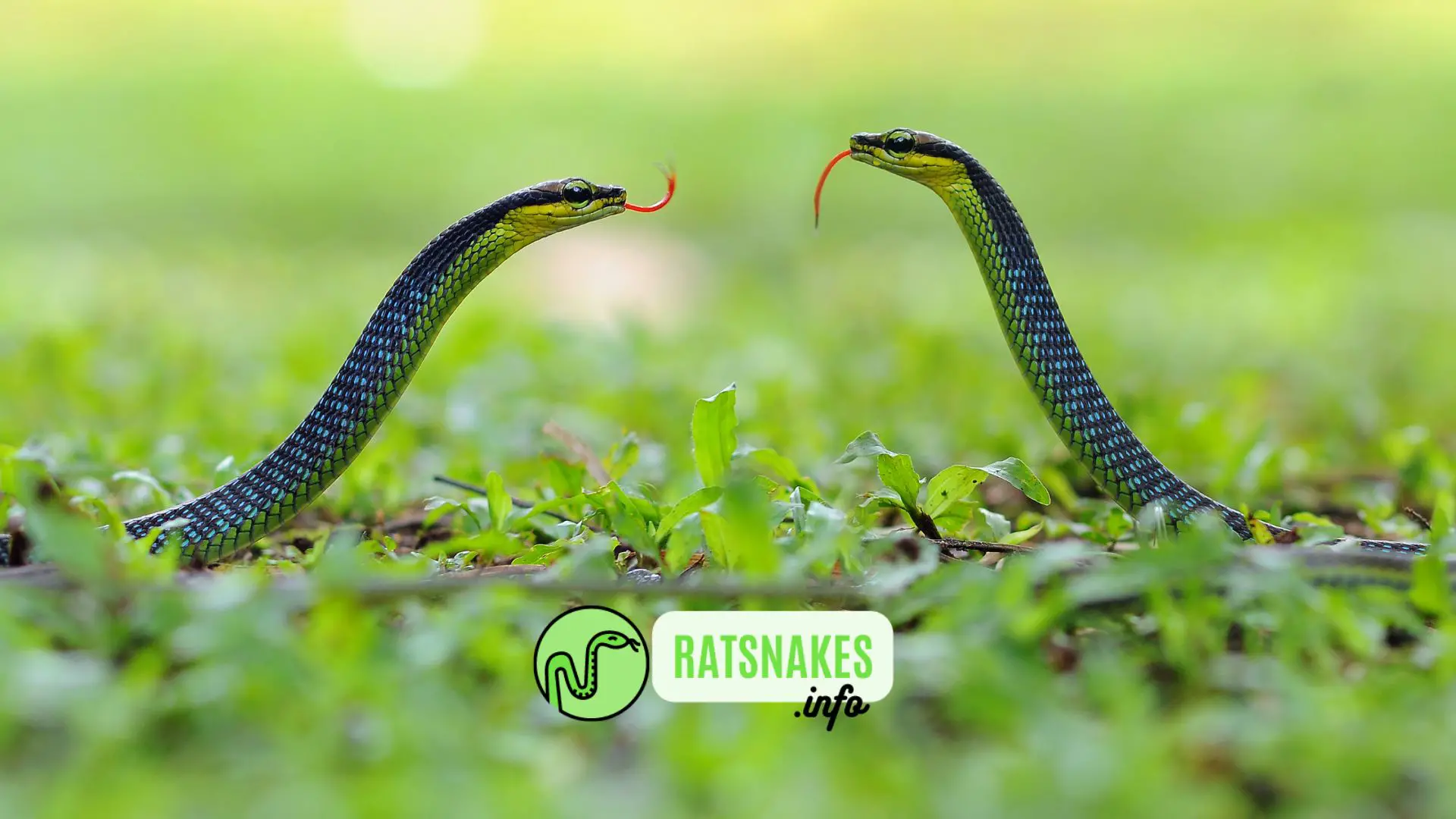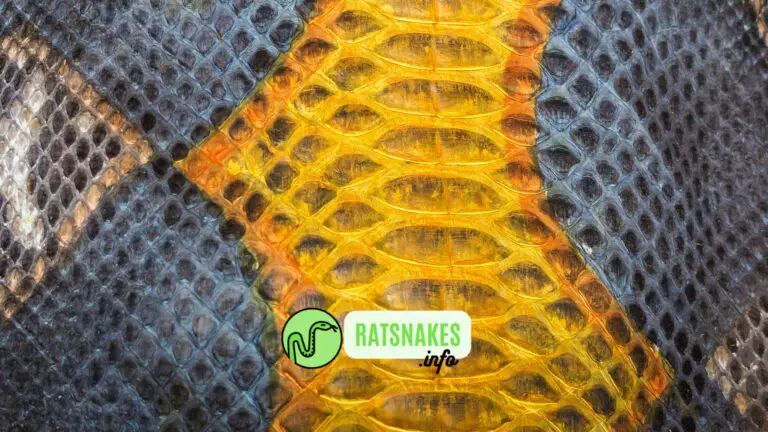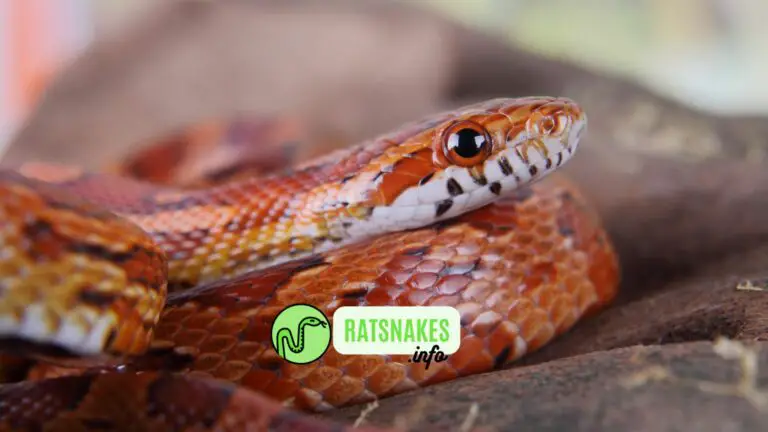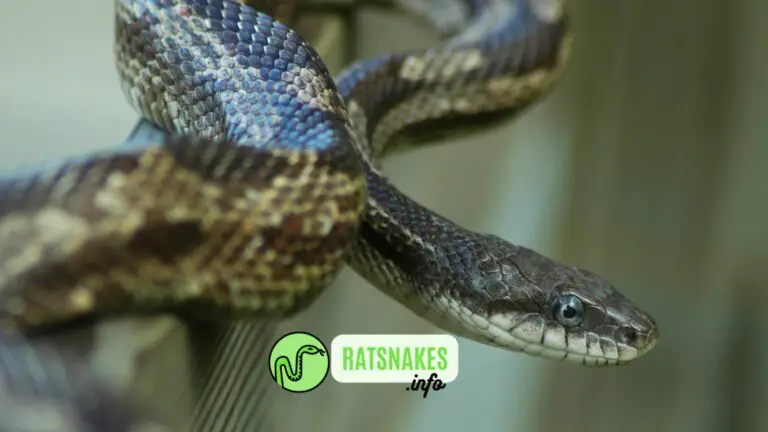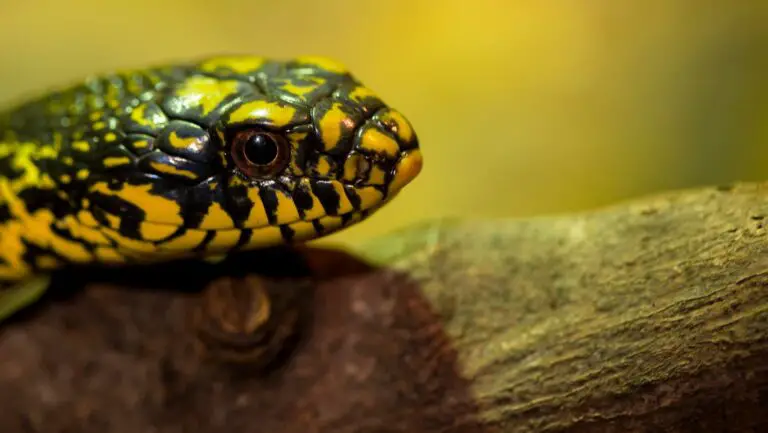Keeping reptiles and amphibians has reached unseen popularity in the past decade. It is a hobby that can be both rewarding and disappointing, profitable and expensive; it can raise the hairs on the back of your neck and make the hairs on your head fall out! It is a hobby driven by passion, and its rewards reach far beyond the potential for monetary gain.
More and more, herp keepers are becoming herp breeders. Here are a few rules to follow that can and will help you avoid the common pitfalls most new breeders face at one time or another as you strive to make your breeding dreams come true!
Rule #1- Quality over quantity
This is a universal rule that applies to breeding herps! Buying en mass to acquire a vast breeding stock might seem like a great way to get started and save a few bucks per animal. Many people looking to enter the door quickly will try this method. But starting with a small, hand-picked breeding group will not only be easier to manage and find breeding success with, but it will also make it much easier to find homes for the babies your stock produces.
Starting out too big too fast is also a classic recipe for failure. Equipment and feeders are an often unforeseen expenses that can bankrupt a breeder before seeing some mating!
Starting small allows the breeder to properly oversee each aspect of the animals’ behavior and learn some key lessons on a small scale… when they are still cheap lessons!
Rule #2– A little extra money can go a long way!
This is important to follow, especially when you’re someplace like a reptile expo where you will find many examples of the same species. You will see vastly different levels of quality and appearance and equally vast price differences! Imagine that you are at a reptile expo and have the choice of 3 different animals, common boas, from 3 different breeders with 3 different prices.
Which one would you choose?
- Breeder A has an average-looking one on his table for $85. This is not a showcase animal, but it’s also not a bad price.
- Breeder B has an attractive boa, much nicer than Breeder A’s stock for $100.
- Breeder C has an absolute jaw-dropper at his table for $140.
When your aim is breeding, you should always get the best-looking animals you can afford… or even ones you can barely afford! As people see your stock grow and mature, they will line up for offspring. Trust me. And heck, what’s an extra $55 when you get to look at that beautiful animal for years and years to come and have such a stunning representation of your collection to show off?!?
Another point that applies to this principal is to make sure you know who you buy from. Find out what kind of breeder they are, find out about their commitment to quality, how they treat their animals and customers and what the parents of your potential purchases look like. A good breeder who is proud of their stock won’t be afraid to answer these types of questions. T
Rule #3 – Buy them young
Buying proven breeders or older animals is a shortcut many new breeders have tried. While it does have the possibility to work in your favor, I have found that most of the time it doesn’t. I would venture to say that more than half of the times I have bought proven breeders, they have taken just as long as hatchlings to produce for me. At times, these proven breeders even died a short time after I bought them from causes that seemed to be out of my control.
Buying proven breeders hasn’t amounted to much of a shortcut in my experience.
Not all proven animals being sold are a bad choice though. There are some perfectly healthy mature animals put up for sale every day. Some will pay off that first year and every year after for years to come. It depends on the animal’s age, how often they were bred, who kept them, how they were kept and many other factors. This one falls under “buyer beware” for me. I have learned this one the hard way a few too many times and am very cautious when considering older animals now.
In the end, my advice is to buy babies and enjoy watching them grow. You’ll usually pay less for babies and get full control over how they are grown and most other aspects of their health!
Rule #4 – Slow and steady wins the race!
It’s been said hundreds of times: “herps are addicting”, and it’s true! There are so many beautiful animals being advertised on a daily basis that the temptation to get deep into the hobby very quickly is hard to resist. There are, however, a few major growing pains that can cripple a budding breeder’s dreams. The cost of feeders and housing are unavoidable expenses and two aspects that cannot be shortchanged.
With the slow and steady approach, a breeder will be able to generate some income from their select breeding pairs to offset the cost of growing their hobby.
Obviously everyone has a different amount of spare money (if there is such a thing). The trick is to figure out what you can afford to properly maintain before you figure out what animals you can afford to buy!
Rule #5 – D.R.I.P. – Dividend Reinvestment Plan
This is a stock investment term where a certain amount of money made on an investment is automatically reinvested in the stock. What does that have to do with breeding herps? Well, I feel it has a lot to do with it. Let me explain why. When there is money being made off of selling the herps you’ve produced, I feel a certain amount of that money should go back into your animals and setup.
For example, you can invest in better cages, better thermostats, more females to allow your founding stock some time off every few years, cage decorations, a setup that allows you to do more cleaning in less time, radiant heat panels, or whatever else you feel your animals need.
Another suggestion that fits under this heading is to remember that animals that are bred regularly, especially females, will often have a shorter life span. Replacement breeders should be raised every few years.
Rule #6 – It’s all in the details
The details of how you house and care for your animals and the equipment you choose are very important. I feel it is necessary to choose your equipment and housing with the future in mind. Choose only top-quality products and more often than not, you will only have to buy that piece of equipment once. If you choose the cheap route, you might pay a lot more in the long run.
Being a person that pays attention to detail is a huge advantage in this hobby. It is especially important when it comes time to breed your herps. With a lot of herps, there are subtle cues that represent integral moments in the breeding process. Being able to spot, identify and take advantage of these cues takes a keen eye and a vast knowledge base of your particular animals’ behavior. This information can mean the difference between failed and a successful breeding year.
Rule #7 – Read! Read! Read!
Knowledge is power and in this hobby it is also ability. Without the knowledge and ability to properly care for your herps, your hobby and budding breeding business will suffer. But more importantly than that, the animals will suffer. Reading about the animals you are interested in keeping and breeding will be time well invested. The knowledge you will gain is a prerequisite to success. Read books, read articles, read caresheets, read the online forums and then read them again.
There is a lot of information out there. Some of it is very good and some of it is not so good. Take in as much information as possible before acquiring your breeding stock. The more information you take in, the easier it will be to filter out the “not so good” information. Online forums are a great “give and take” platform to ask questions and gain insight from experienced keepers. I highly recommend becoming active on a quality online forum.
Aside from hands on experience, reading will be your best tool in mastering the husbandry of your herps. But without reading, the hands-on experience would not be nearly as positive!
Rule #8 – Work with what you love.
This is the final point and, in a lot of ways, the most important one. Work with the species that interest you. Pay no attention to the average adult female’s resale value or yearly reproduction output. Just focus on what it is all about passion. If your collection is based on passion, the work will rarely seem like work. If your collection is only based on market projections and fiscal budgets, cleaning 300 cages and water bowls twice a week will get old fast! Everyone needs more passion in their life. None of us need another chore!
There you have it: 8 simple rules for making your breeding dreams a reality! If you are thinking of turning your herp hobby into a small business, I am sure that following these rules will help you. I know that even after five years of pursuing the breeding side of the hobby, I still have to remind myself of these points every so often. Breeding herps is an exciting hobby, and it’s hard not to let that excitement sometimes carry you away!
